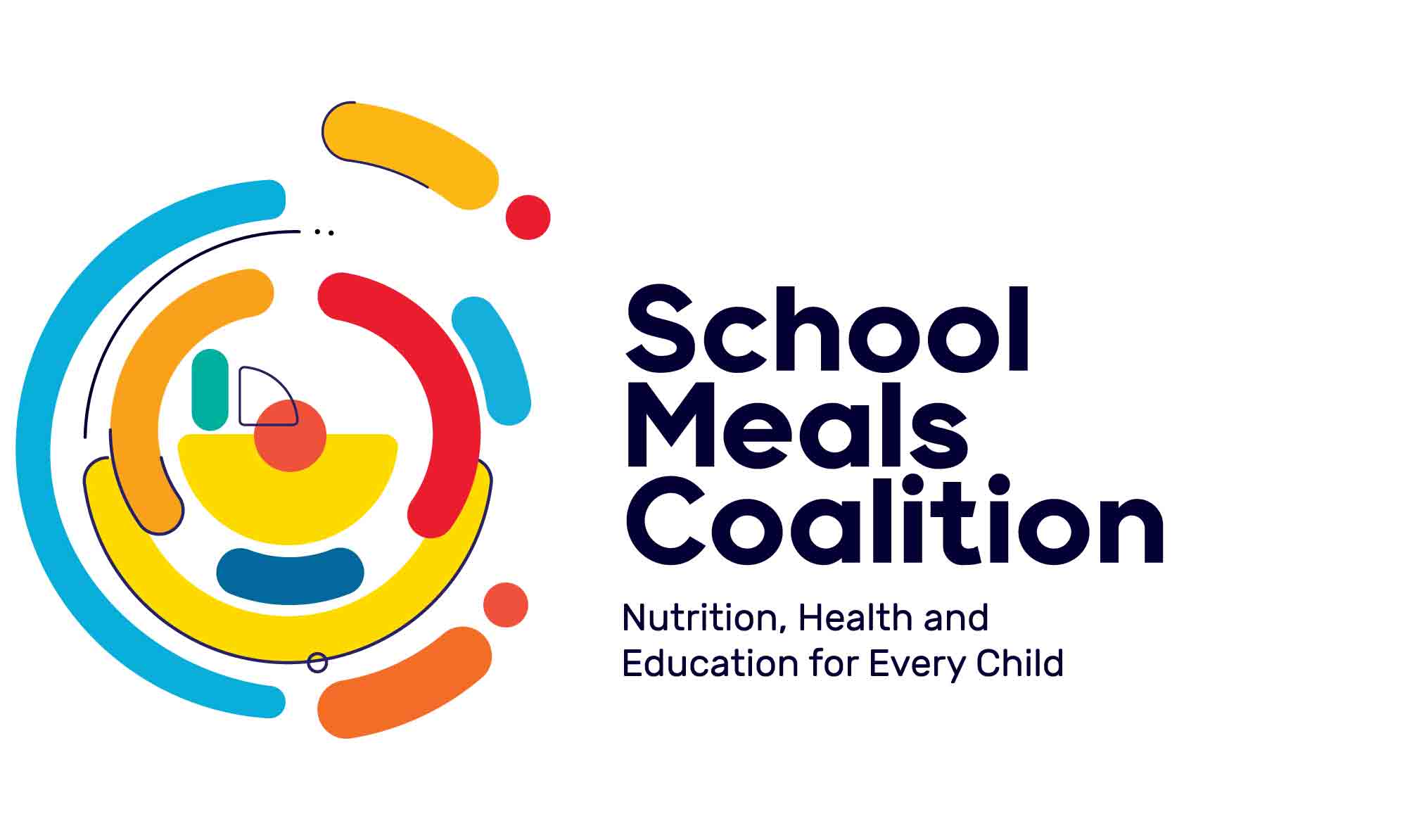School meals
- 418 million
- children are receiving school meals globally
- US$1 invested
- in school meals has a US$9 return on investment
- 73 million
- vulnerable children are still in need of school meals
The World Food Programme’s (WFP) supports governments to ensure that all school-aged children have access to school meals and are healthy and ready to learn
Every day, millions of children around the world go to school on an empty stomach – hunger affects their concentration and ability to learn. There are also millions of children – particularly girls – who simply do not go to school because their families need them to help in the fields or perform domestic duties. In conflict-affected countries, children are twice as likely to be out of school than their peers in stable countries – 2.5 times more likely in the case of girls.
School meal programmes can help address many of these challenges. They are a multisectoral game changer that improve children’s education, health and nutrition. More broadly, they support the whole community by providing an important safety net, and by strengthening food systems and economies.
WFP has more than six decades of experience working with governments to support their school meals and health initiatives, having collaborated with more than 100 countries to set up sustainable national school meal programmes. WFP’s ultimate goal is to encourage and facilitate national government ownership of these programmes – a transition that has already happened in 50 countries.
School meals also contribute to:
-
Human capital
-
School meal programmes play a key role in helping children realize their potential, both for themselves and for their communities. Investing in human capital development of children are among the most effective and productive investments that countries can make.
-
Gender Equality
-
School health and nutrition, including school meals, provide an incentive for families to send their daughters to school and helps the girls stay there - especially during adolescence. This can effectively prevent early marriage and delay first pregnancy, both of which can trap women into poverty and social exclusion.
-
Sustainable food systems
-
Home-grown school feeding has the potential to not only create demand for more diverse, nutritious and traditional foods, but also creates stable markets, boosts local agriculture and food systems, and impacts rural transformation. Local procurement also leads to shorter supply chains, resulting in lower carbon emissions and paving the way to a green future.
-
Social protection
-
School feeding is one of the largest and most widespread social safety nets in the world – benefiting 418 million children worldwide. School meals’ benefits also extend to the families of beneficiaries and whole communities by boosting vulnerable families’ disposable income by about 10 % and by creating jobs.
-
Nutrition
-
For many children, school meals are the only meal they receive a day. School meals can promote macronutrient and micronutrient adequacy in children’s diets and can set children on the path towards healthier eating habits. Through these benefits, school meals are an important tool to combat the triple-burden of malnutrition.
In focus
How school meals transform futures for children and communities in Cambodia
Story | 9 March 2023
Home-grown goodness: The African Day of School Feeding delivers
Story | 1 March 2023
Philippines: How farm-to-school meals are bringing children back to class post COVID-19
Story | 2 February 2023
Empty stomachs, hard times for Afghanistan's girls
Story | 24 January 2023
How Project Amata supports dairy farmers and helps feed vulnerable schoolchildren in Burundi
Story | 14 December 2022
South Sudan: How school meals encourage girls to stay in school
Story | 16 November 2022
Related topics








